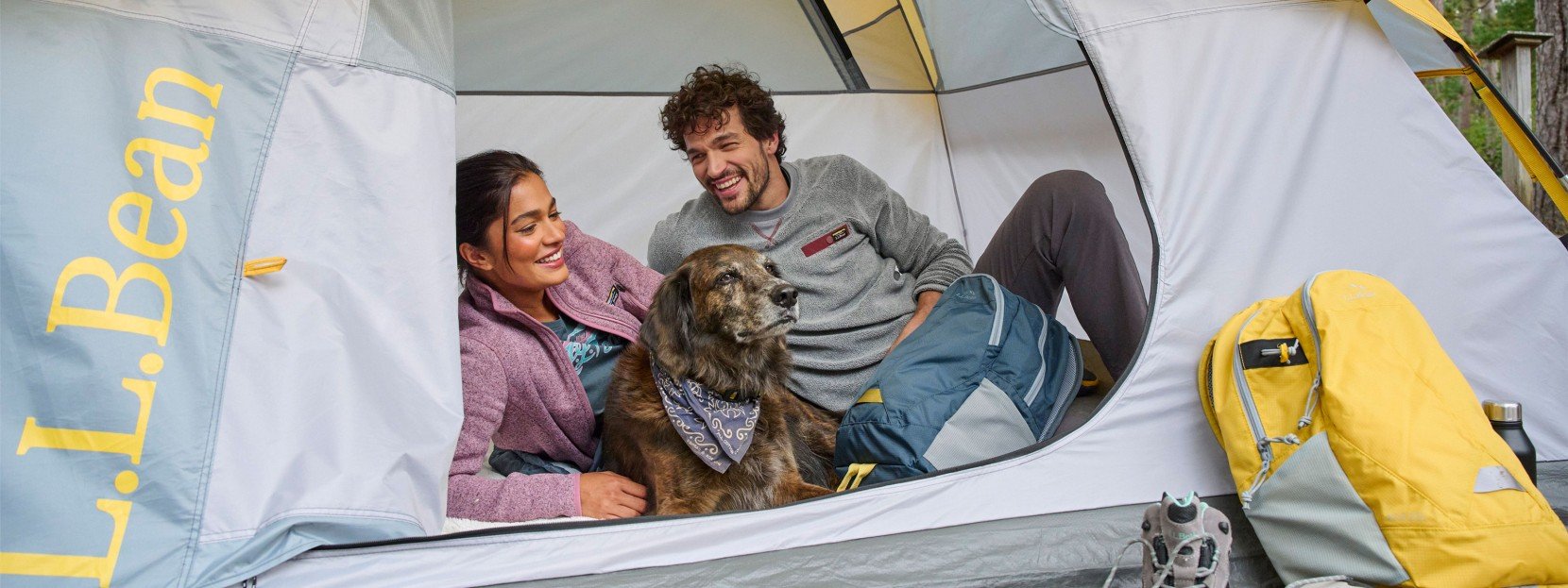
Where are You Going And How Many People are Going?
Are you going car camping with some friends or your family to a drive-in campsite? Or are you a backcountry warrior looking to do multiday backpacking trips deep into the wild?
CAR CAMPING TENTS
Also known as Family Tents, they are designed for roomy comfort and are great for groups or families who are using a campsite you can drive to. Since you’re carrying everything in a vehicle, you don’t have to worry too much about weight and space. These tents generally have multiple doors and windows for ventilation and easy entry and exit. Most have vestibules that keep gear dry and also keep messy things like hiking boots out of the living area. Most car camping tents are tall enough to stand in.
CAR CAMPING TENT CAPACITY
Manufacturers name their tents with the maximum number of people that can sleep inside. Simply put, a 4-person tent can sleep 4 people. The problem with this standard is there is not much room, if any, left over if 4 people sleep inside a 4-person tent. If you’re a family of 4, a 6-person tent will provide the space you need for sleeping comfortably and keeping some personal gear inside. What’s even more comfortable? An 8-person tent for a family of 4! If you have a dog, you certainly want to have the extra space so everyone can sleep comfortably. If the weather turns nasty, you’ll appreciate the space to hang inside the tent to play cards or other games. We recommend sizing up as much as possible when car camping if you have the space in your car and don’t mind spending a little extra money on the larger tent.
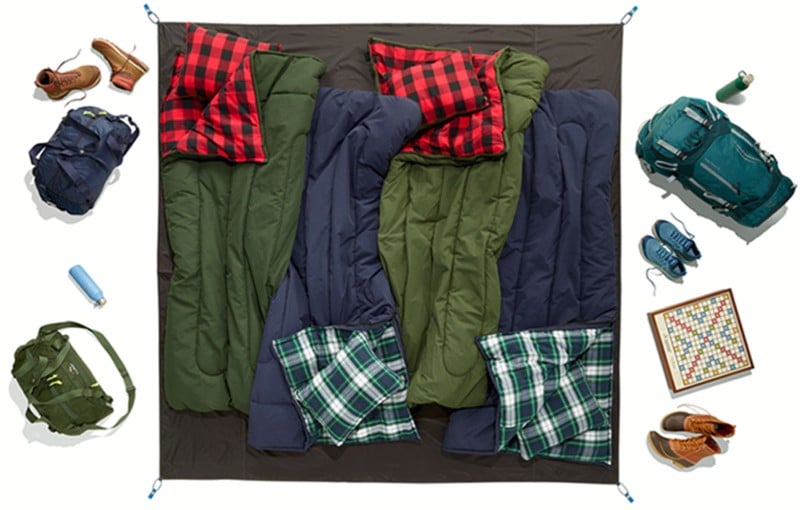
4-person Car Camping Tent Set Up to Sleep 4
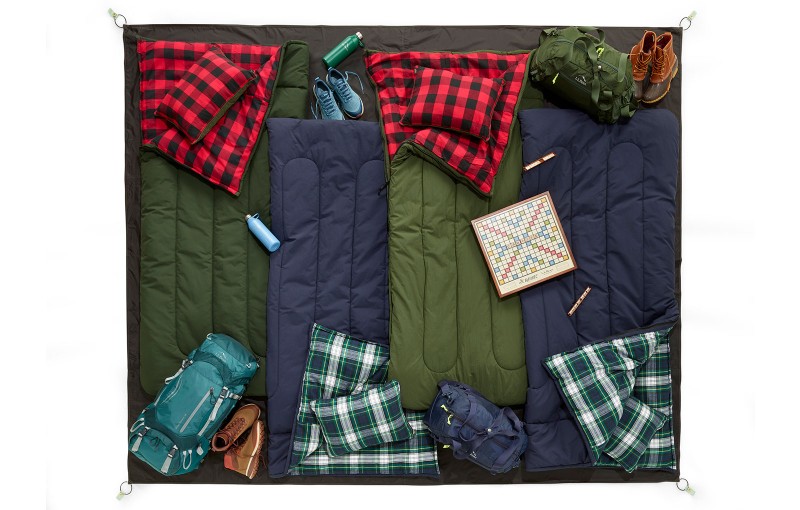
6-person Car Camping Tent Set Up to Sleep 4
BACKPACKING TENTS
Because they are meant to be carried in a pack, backpacking tents are built to be as compact and lightweight as possible. They don’t have a lot of extra space for gear but most do have at least one small vestibule for muddy boots and your pack. Ceiling height is limited, with only enough space inside to sit upright.
BACKPACKING TENT CAPACITY
A 2-person backpacking tent is certainly big enough for two people to sleep in, but it will be a tight fit. It also doesn’t leave much room for your gear. So, if you’re backpacking with a friend, you’re best off getting a 3-person backpacking tent to be comfortable and have more space. The 3-person tent will be a bit heavier, but you can split up the components between each hiker to minimize the weight you will be carrying.
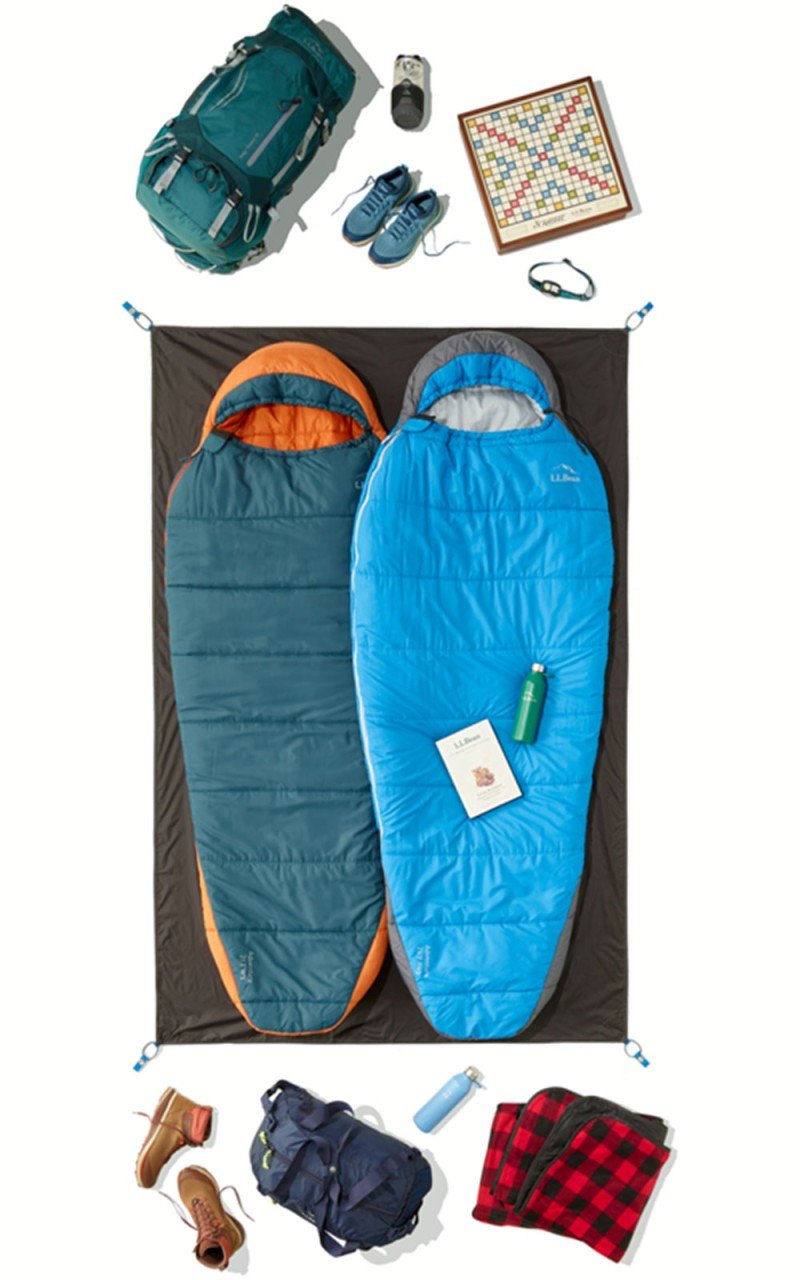
2-person Backpacking Tent Set Up to Sleep 2
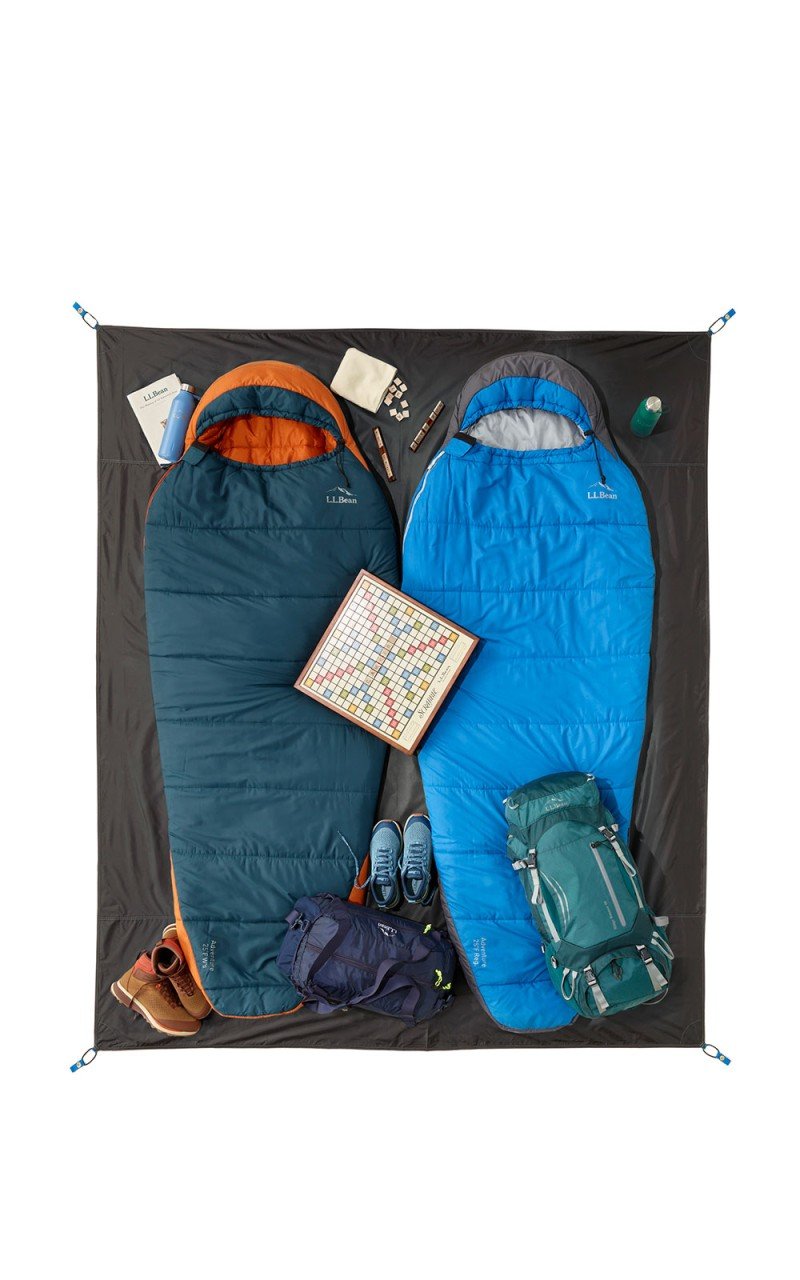
3-person Backpacking Tent Set Up to Sleep 2
What if you’re backpacking solo? That’s more of a personal decision. A 1-person tent is snug, but they’re superlight and usually equipped with a dry vestibule where you can store your pack and boots. If you’re a larger person or just don’t like small spaces, a 2-person backpacking tent will be much more comfortable and worth carrying the extra half pound or so.
WHAT THE HECK IS “PACKED WEIGHT” VS. “TRAIL WEIGHT”?
This is another confusing industry practice. Packed weight is how much the entire tent weighs when you buy it, including tent body, fly, poles, stakes, guy lines, stuff sacks and other things like pole repair sleeves or patch kits. Trail weight, also known as minimum weight, is the weight of just the tent body, rain fly and poles. The difference between packed weight and trail weight is usually half a pound or less. Backpackers will want to know these weights.
Tent Styles
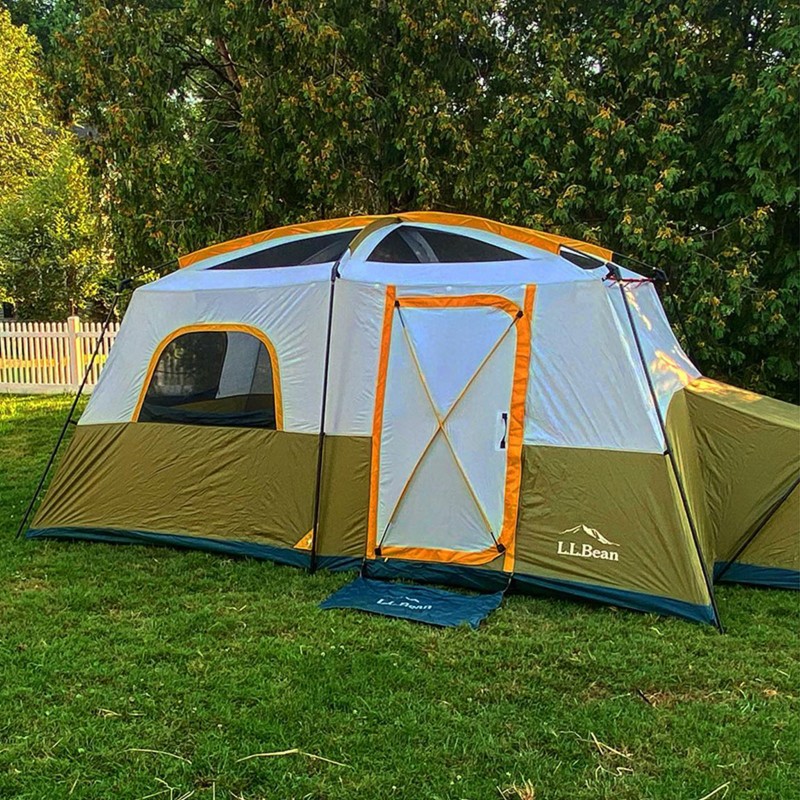
Cabin tents feature walls that are nearly vertical with gently sloping roofs. This creates more usable interior space and a more generous ceiling height. They are generally the heaviest style of tent but the most comfortable. They are a perfect choice for car camping where you want as many of the comforts of home as possible.

Dome tents have walls that slope more steeply toward the peak. You might have a 6-foot peak height but that diminishes quickly as you move away from the center of the tent. This allows for less usable interior space than a cabin tent but does save on weight and packed size. They’re a good choice for car camping if space in your vehicle is limited. Dome tents also handle winds better than the more straight-sided cabin tent.
Materials
Tents are usually made from polyester or nylon with a number that corresponds to its denier (D). Higher-denier fabrics are generally heavier and more durable than lower-denier ones. You’ll see heavy-duty materials like Oxford cloth nylon used for the tent floors of larger car camping tents.
A WORD ABOUT WATERPROOF RATINGS
Waterproof ratings for tents are measured in millimeters (mm) and usually fall anywhere from 800mm to 10,000 mm. They indicate the amount of water pressure a tent’s fabric can handle without leaking. Simply put, a tent with a 2,000mm rating will endure a 2,000mm—or two meter—column of water on top of it before it starts to leak. The higher the number, the heavier the application of waterproof treatment. Car camping tents generally have much higher values than backpacking tents.
VESTIBULES
Vestibules can be invaluable when the weather turns nasty. They create a dry space where you can keep gear, footwear and camp furniture out of the rain, while being fairly accessible from inside the tent. They also keep wet footwear and other gear away from the living area of your tent. Tents can have one, two or no vestibules. Some are quite big while others are on the small side. A family of four may want significant vestibule space to keep gear dry. Some vestibules are even big enough to set up chairs and hang out in to ride out a storm.
Poles: Poles come in two materials: fiberglass and aluminum. Many car camping tents have fiberglass poles, which are cheaper, heavier and weaker than aluminum. Backpacking tents always use premium aluminum poles, which are engineered to be super-strong and extremely lightweight. Unless you’re on a tight budget, aluminum poles are best choice.
OTHER FEATURES
Doors - Think about the number of doors you need. If you're camping with your family, two doors will let people move in and out of the tent without having to climb over each other or their gear. The same goes for backpacking tents. If you’re sharing a 3-person tent with a hiking partner, you’re better off getting a tent with two doors for easier entry and exit.
Windows – During the warm summer months you’ll appreciate as much ventilation as you can get. Most car camping tents have more than one window to allow cooling airflow. Backpacking tents usually don’t have windows but instead feature a mesh upper body that lets air in easily. A full coverage fly keeps rain out of backpacking tents.
Gear pockets – Small mesh gear pockets are great for keeping your phone, keys, wallet or other small valuables easy to find. Most tents have these but it’s a good idea to make sure the tent you’re buying has some.
Now you’re ready to go out and get the perfect tent! Need more inspiration or advice? Explore our Get Outside Guide to learn more.
SHOP ALL TENTS

